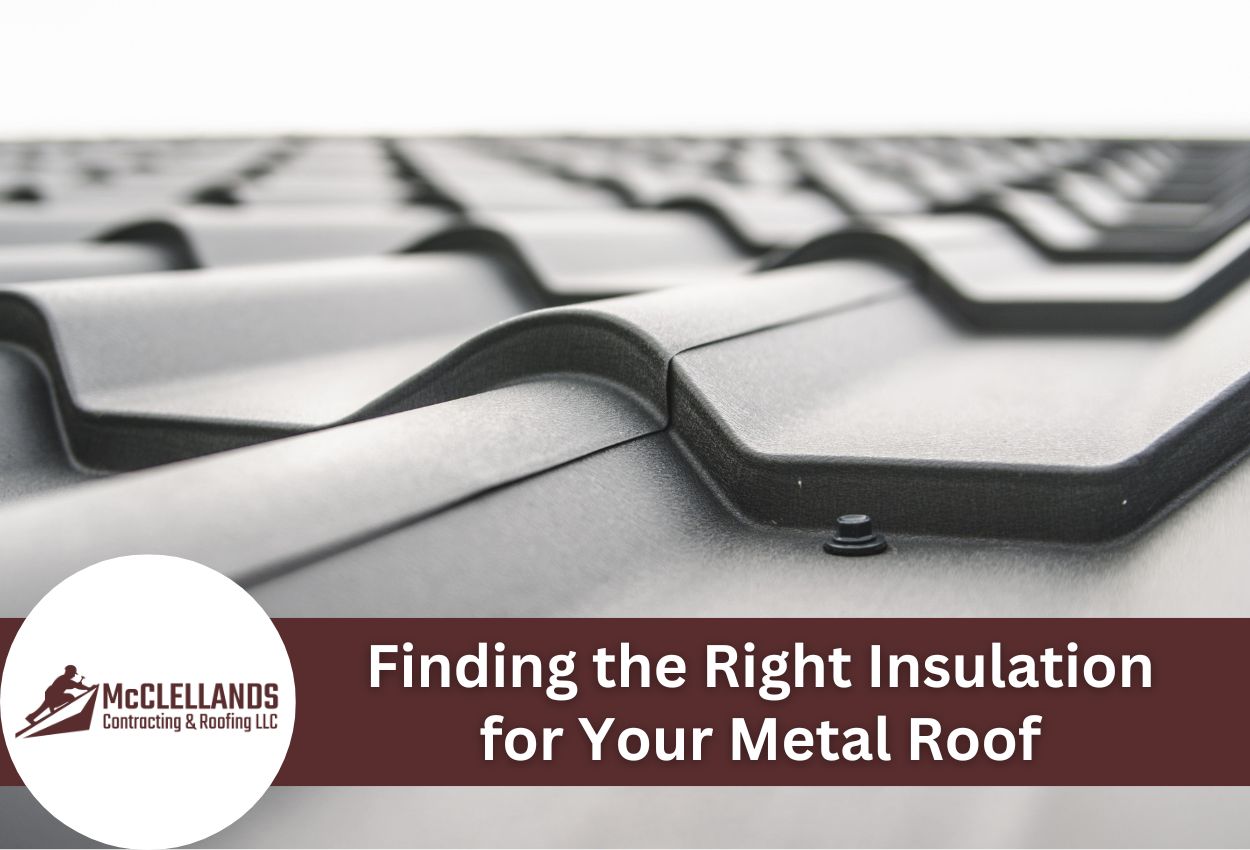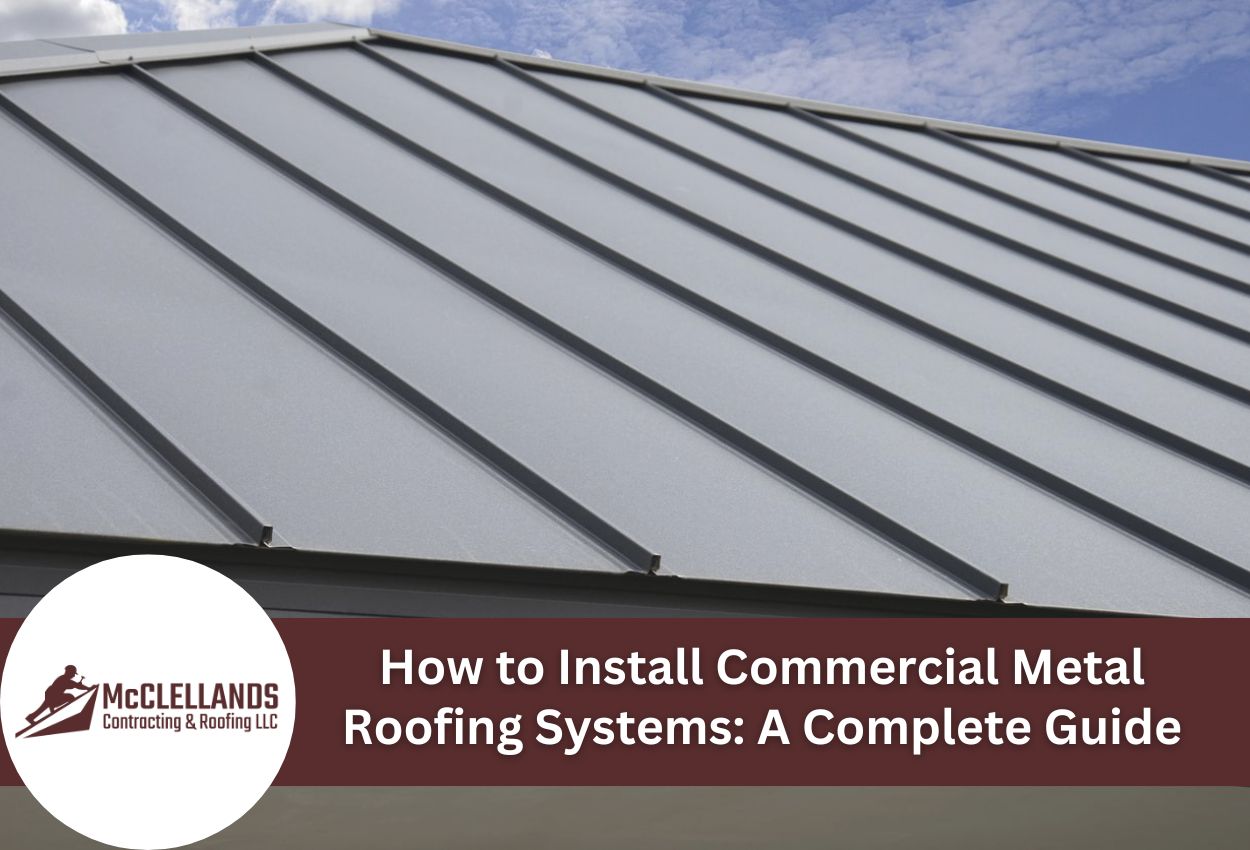If you're planning to install a metal chimney on your home, it's important to understand the bracing and support requirements. The right bracing can prevent damage from high winds, earthquakes, heavy snow loads, and other environmental factors.
First, it's essential to identify the type of metal chimney that suits your needs. Metal chimneys come in various sizes and materials, like stainless steel or copper. You should also ensure that the height and location of the chimney are optimal for the desired functionality while also adhering to local building codes.
Once you have identified these aspects, you can then proceed with understanding the bracing requirements for your particular metal chimney.
Understanding Metal Chimneys
Metal chimneys, popular for venting gasses and smoke from residential and commercial buildings, are constructed using metals such as stainless or galvanized steel. These chimneys are specifically designed to withstand high temperatures, ensuring durability and longevity. Depending on the specific needs, metal chimneys are available in different types, including single-wall and double-wall variants.
Single-wall metal chimneys consist of a single layer of metal, while double-wall chimneys incorporate an inner pipe for carrying the exhaust gasses and an outer pipe for insulation and safety purposes. Moreover, metal chimneys are characterized by their lightweight nature and offer flexibility in terms of design options.
Types of Metal Chimneys
You'll be interested to know that metal chimneys come in a variety of types, with stainless steel being the most popular, accounting for over 70% of installations. However, other chimney materials, such as aluminum and copper, are also available.
When choosing a metal chimney system, durability standards should be considered, as well as corrosion resistance. Stainless steel is known for its longevity and resistance to rusting, while aluminum is lighter and more affordable, but may not hold up as well in harsher climates.
Reasons Why Metal Chimneys Need Bracing And Support
A. Height And Size of The Chimney:
The height and size of a metal chimney play a significant role in determining the bracing and support requirements. Taller chimneys typically require additional bracing to withstand wind forces and prevent swaying or instability.
Metal chimneys that exceed five feet above the roof’s surface require bracing to ensure stability and prevent potential hazards. The bracing serves to support the chimney structure and mitigate the risks associated with tall chimney installations.
The chimney's size also affects the support structure's load-bearing capacity and may necessitate reinforced supports for larger or heavier chimneys.
B. Geographic Location And Weather Conditions:
The geographic location and prevailing weather conditions are crucial factors in assessing bracing and support requirements. Areas prone to high winds, hurricanes, or seismic activity demand robust bracing systems to ensure the stability and integrity of the metal chimney.
C. Type of Structure Supporting The Chimney:
The structure supporting the metal chimney is another determining factor. Chimneys attached to masonry structures may require different bracing methods compared to those connected to steel or asphalt structures.
The supporting structure's load-bearing capacity, flexibility, and attachment points must be considered to determine the appropriate bracing and support requirements.
D. Local Building Codes and Regulations:
Local building codes and regulations set forth specific guidelines for bracing and support requirements for metal chimneys. Compliance with these codes is crucial to ensure safety and structural integrity.
Building codes often define minimum bracing standards, the required attachment methods, and load-bearing capacities based on the region's seismic activity, wind speed, and other relevant factors. Adhering to these regulations helps prevent potential hazards and ensures that the chimney meets the necessary structural standards.
E. Snow Load And Ice Accumulation
Snow load refers to the weight of accumulated snow on your roof, while ice accumulation is the buildup of frozen water that forms a layer on top. These winter conditions can put a strain on your metal chimney's structural integrity, making it important to ensure proper weight distribution and safety measures are in place.

Bracing and Support Methods for Metal Chimneys
1. Bracing Used For Metal Chimneys
Metal chimneys require specific types of bracing to provide adequate support and stability. Commonly used bracing include diagonal, lateral, and tension systems.
Metal chimneys passing along the outside wall of a building require support at five-foot intervals using brackets. These brackets secure the chimney to the building's wall and provide crucial support to maintain the chimney's stability.
These braces help counteract the forces acting on the chimney, such as wind loads. Each brace type has its advantages and considerations, and the selection depends on factors like chimney height, location, and local building codes.
2. Support Structures For Metal Chimneys
To provide a stable foundation for metal chimneys, you need to incorporate different types of support structures. These may include concrete or masonry footings, metal support brackets, or steel frames.
Moreover, the selection of the support structure depends on factors such as chimney design, weight, and load-bearing requirements. Masonry footings are commonly used to provide a solid base, while metal support brackets offer adjustable support. Steel frames are employed for larger chimneys or complex architectural designs.
Installation Guidelines for Metal Chimneys
Now that you understand why braces and support systems are necessary, it's time to focus on the installation guidelines for metal chimneys.
- Before installing a metal chimney, material selection is crucial, as it should be able to withstand extreme weather conditions and corrosive elements. Stainless steel and galvanized steel are popular choices due to their durability, but aluminum may not be suitable for areas with high wind loads or coastal environments.
- Consider the clearance requirements during installation to prevent fire hazards.
- Additionally, insulation options can improve energy efficiency and reduce heat transfer, but they must not obstruct proper venting considerations. Rain caps and spark arrestors are necessary components to prevent water entry and debris buildup while preventing sparks from escaping and starting fires.
- Apply protective coatings or use corrosion-resistant materials to extend the life of a chimney system while ensuring fire safety measures are met.
- Professional installation by certified technicians is necessary to ensure all safety regulations are followed properly. Regular maintenance by professionals is also important in maintaining the integrity of your chimney system throughout its lifespan.
Now that you have an understanding of installation guidelines for metal chimneys let's explore why professional installation and maintenance are vital for the optimal performance and longevity of metal chimneys.

Importance of Professional Installation and Maintenance
Professional installation and maintenance for chimney systems are crucial in ensuring optimal performance and longevity. This cannot be overstated enough, as the consequences of neglecting these aspects can be severe.
One homeowner we worked with attempted to install his own chimney system without proper knowledge or training. Despite his dedicated and consistent efforts, the metal chimney resulted in a dangerous fire hazard within seconds.
The homeowner had overlooked important bracing and support requirements, leading to structural damage that could have been avoided with professional expertise.
The benefits of hiring professionals go beyond just safety concerns. Proper installation and maintenance ensure cost-effectiveness by avoiding expensive repairs down the line and increasing the system's durability and efficiency. Compliance with local regulations is also ensured when qualified individuals are involved in the process.
By seeking out experts for your metal chimney needs, you can rest easy knowing that your investment will provide reliable service for years to come.
Conclusion
You now know about the different types of metal chimneys, the height and location considerations, as well as the various bracing requirements.
But let's be honest here – you probably didn't expect to learn so much about something as seemingly simple as a chimney. After all, isn't it just a pipe that helps smoke escape from your fireplace? Well, turns out there's more to it than meets the eye.
Who knew installing and maintaining a metal chimney could be such a technical process?
Hire Professionals To Install Your Metal Chimney
If you want to install a metal chimney on your roof or add support to it, you are on the right page. At McClellands Contracting and Roofing, we are a team of professionals who will closely work with your roof to provide you with the best exterior services. Call us today at (412) 353-5660 and consult with one of our experts.
Frequently Asked Questions
Q: What are the potential consequences of inadequate bracing and support for metal chimneys?
Inadequate bracing and support for metal chimneys can lead to instability, excessive movement, and potential collapse. This can pose risks to the building, its occupants, and surrounding areas. It is crucial to adhere to bracing requirements to ensure the chimney's safety and longevity.
Q: Are there any support requirements for metal chimneys passing along the outside wall?
Yes, metal chimneys passing along the outside wall of a building require support at five-foot intervals using brackets. These brackets secure the chimney to the building's wall structure and provide crucial support to maintain stability.




